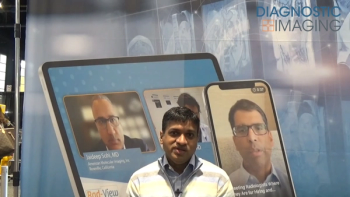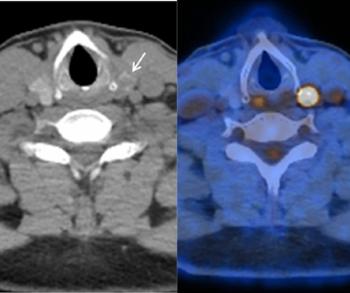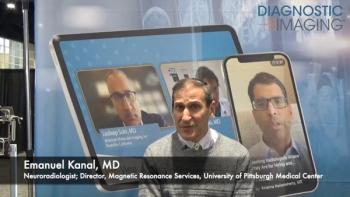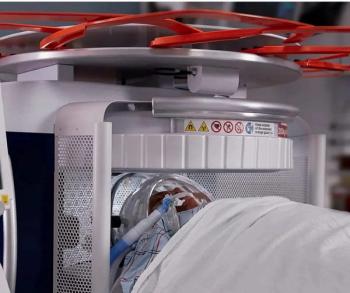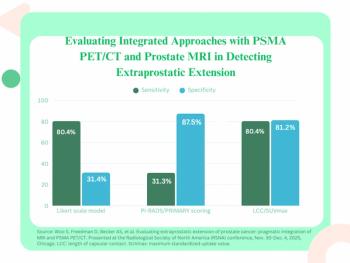
Florida study uncovers joint-venture problems
A state-sponsored study has found that Florida residents pay moreand are referred to diagnostic imaging services more often thanresidents of other states. The study attributes this imbalanceto the virtual monopolization of outpatient MRI and CT
A state-sponsored study has found that Florida residents pay moreand are referred to diagnostic imaging services more often thanresidents of other states. The study attributes this imbalanceto the virtual monopolization of outpatient MRI and CT servicesby physician-owned joint ventures.
Results from the Florida study add fuel to the fire of nationaldebate on medical joint venturing. Policy-makers in Washingtonand elsewhere have anticipated the report since last November,when research published in the New England Journal of Medicineindicated that self-referred medicine costs more and increasesutilization.
Supporters of joint venturing criticized the study becauseit was limited to referral patterns for equipment based in physician-owneroffices.
The draft report released this month by the Florida healthcare cost containment board highlights diagnostic imaging andtwo other medical joint-venture arrangements as problematic becauseof their high cost and utilization.
The other joint-venture classifications are clinical laboratoriesand physical therapy and rehabilitation centers. Congress singledout physician joint ventures in clinical laboratories for stringentMedicare anti-kickback regulation in 1989.
Although the Florida report focused on self-referral to freestandingcenters, it was hampered by methodological weaknesses in the evaluationof diagnostic imaging, a cost containment board official conceded.
The problems mean the study cannot definitively say whetherself-referral to freestanding diagnostic imaging centers is abad deal for the health-care consumer. It provides considerablepolitical ammunition, but not the smoking gun that joint venturing'sopponents sought from the investigation.
The Florida survey found self-referring physicians have a virtuallock on the state's outpatient diagnostic imaging services. Allbut 11 of the 160 imaging centers that responded to the questionnaireare joint-ventured facilities. Only one of the 11 non-joint-venturedcenters is equipped with MRI and CT. The remaining 10 specializein x-ray.
MRI joint venturing is so pervasive that researchers were forcedto use utilization statistics from non-joint-ventured centersin Baltimore as a basis for comparison.
The out-of-state comparisons may have weakened results pertainingspecifically to diagnostic imaging, said David Coley, public informationdirector with the cost containment board.
On the whole, however, the data spun from this effort bolstersthe arguments of political forces opposed to joint venturing.They show that most of the nine types of joint-ventured medicalbusinesses charge more and use more services than those that arenot joint ventured.
The board reported substantially higher MRI utilization ratesin each of four Florida cities, compared to Baltimore. There were12.3 MRI scans per 1000 population in Baltimore in 1989, the studyconcluded. It found that Miami had the highest rate of MRI utilization,with 20.3 scans per 1000 population.
Survey results show that most imaging joint ventures are moreprofitable than other types of medical joint ventures in Florida.Joint-ventured MRI centers reported about $521 in operating incomeper procedure. That translates into 54
of income for every dollar of revenue following contractual deductions.
Multimodality imaging centers that offer MRI converted 45
of every adjusted revenue dollar into operating income. Theyreported an average of $500 in operating income per procedurefor MRI, CT, x-ray and other diagnostic modalities.
Imaging centers that do not offer MRI had poorer results. Thesurvey found they converted 42.5% of their adjusted revenue intoprofits and generated about an average of $153 in operating incomefor each procedure.
In comparison, joint-ventured surgery centers realized about33 cents of profit from every adjusted revenue dollar, according to thereport. The study found joint-ventured physical therapy facilitieshad a 37.8% operating margin adjusted for contractual expenses.Non-joint-ventured physical therapy facilities reported a 26.7%margin on adjusted revenue.
The study also indicates that radiologists are rarely includedamong the investors in diagnostic imaging centers. About 9.8%of the 2258 physicians who reported owning shares in outpatientimaging in Florida are radiologists.
Internists constitute 35.1% of the physician owners. Surgeonsand general practitioners rank second and third among 10 subspecialtiesthat have bought into outpatient imaging. Their shares are 16.6%and 12.2%, respectively.
The study's conclusions are based on a survey of 3000 freestandingmedical businesses and more than 10,000 medical business investorsin 1990. The board reported an 82.4% overall response rate. Theresponse rate for diagnostic imaging centers was 72.7%.
Newsletter
Stay at the forefront of radiology with the Diagnostic Imaging newsletter, delivering the latest news, clinical insights, and imaging advancements for today’s radiologists.

